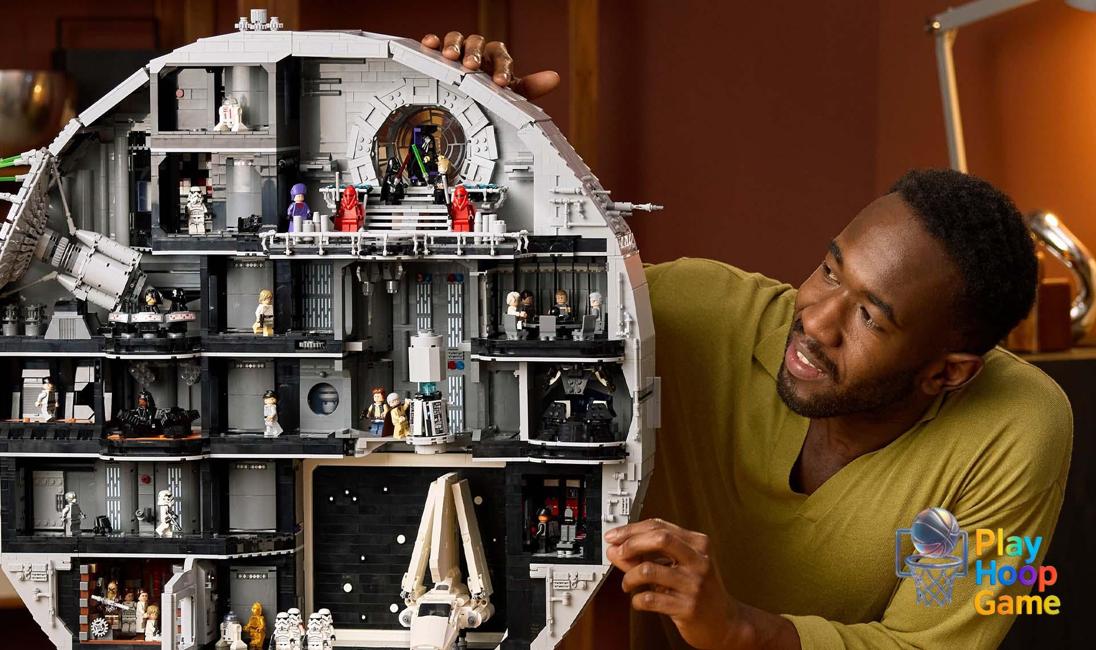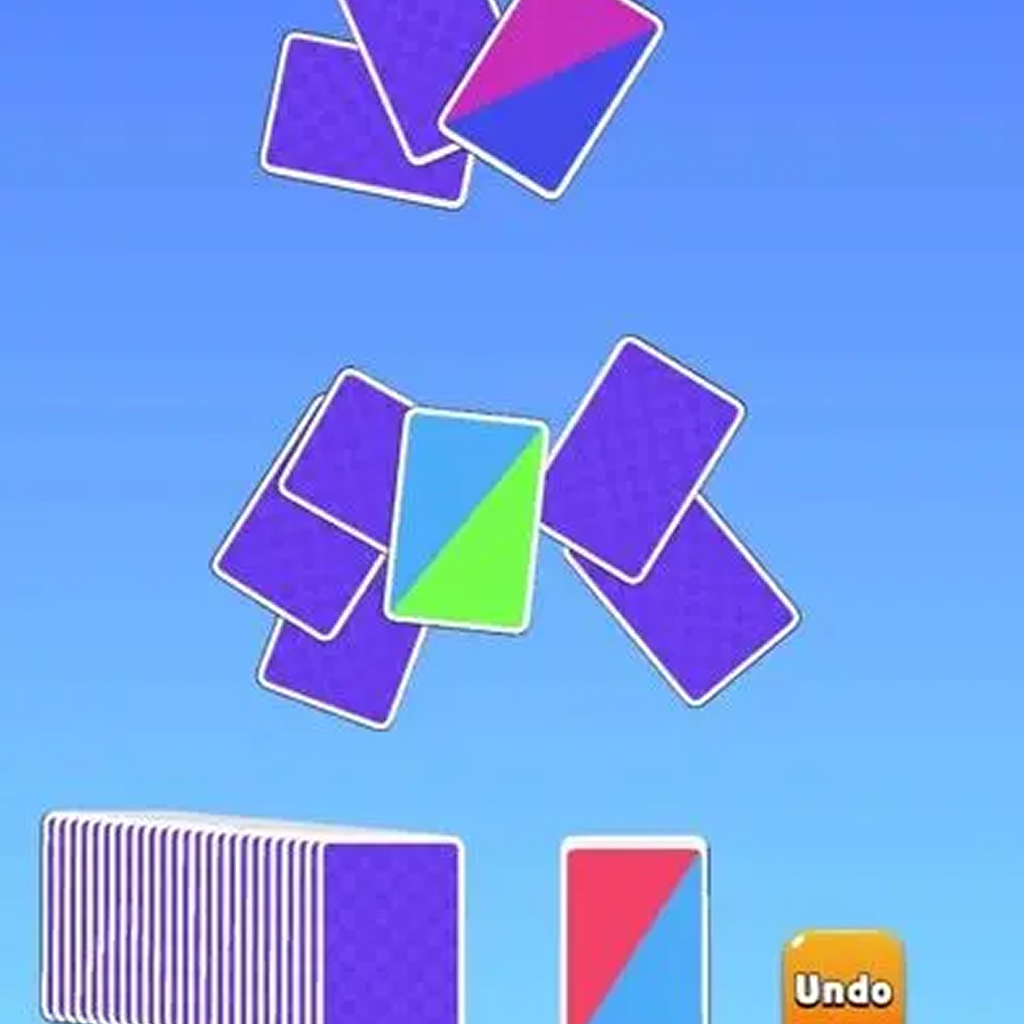Okay, so, a $1,000 Lego Death Star. Let's just breathe that in for a second. A thousand dollars for plastic bricks. I remember when the Millennium Falcon was considered outrageous. Times, they are a-changin', huh?
But here's the thing, and I think a lot of non-Lego-obsessed folks miss this: it's not just plastic. It's an experience. It's a statement. It's...well, it's complicated.
Why So Expensive? More Than Just Bricks
You might be thinking, "Seriously? A grand for a toy?" And I get it. I really do. My wallet weeps a little just thinking about it. But consider what you're actually getting. First, the piece count. We're talking thousands upon thousands of individual elements. Each one designed, molded, and quality-controlled. That's not cheap. The development time alone must be insane. Check this one out!
Then there's the licensing. Star Wars isn't exactly public domain, folks. Lucasfilm (now Disney, of course) gets a hefty cut. And rightly so, I suppose. It's their galaxy far, far away that we're all playing in. That being said, the price could be a little lower if there weren't so many hands in the pot. Food for thought.
But, actually, that's not quite right. There's something even more interesting here. It's the engineering. These aren't just random piles of bricks. They're carefully designed structures that need to be stable, structurally sound, and, let's face it, impressive. The larger and more complex the set, the more engineering expertise is required. And good engineers? Yeah, they cost money.
Plus the whole appeal of the set has to do with its target audience which are mostly adults rather than kids. So the Lego team has to design and adjust it accordingly. Here's another interesting article about quests.
The Allure of the Ultimate Lego Set
I initially thought the appeal was purely nostalgic. I pictured middle-aged dudes (like myself, perhaps) reliving their childhood fantasies. And, sure, there's some of that. But it's more than just nostalgia. It's about the challenge. It's about the sense of accomplishment. It's about creating something tangible and impressive with your own two hands. And then displaying it proudly, of course.
Think about it this way: people spend thousands on intricate model trains, classic car restoration, or even high-end board games. This is just another form of that. A (very expensive) form of creative expression.
And let's be honest, Lego has tapped into something brilliant here. They've created a luxury product that appeals to a very specific demographic: affluent adults with a love of Star Wars and a healthy disposable income. Brilliant!
Is It Worth It? A $1,000 Lego Death Star: The Verdict
Okay, the million-dollar (or, you know, thousand-dollar) question: is it worth it? Well, that's entirely subjective, isn't it? If you're struggling to pay your bills, then absolutely not. But if you're a die-hard Star Wars fan with the means to indulge, then maybe, just maybe, it is.
The frustrating thing about this question is that there isn't a universal answer. It depends on your personal values, your financial situation, and your level of obsession with all things Lego and Star Wars. I've got to admit, that level of obsession is strong with some fans, and it's their money to spend.
I keep coming back to this point because it's crucial: value is in the eye of the beholder. What seems absurd to one person might be a worthwhile investment to another. It's all about perspective. Here's the thing about Lego's commitment to its customers, they are committed to delivering the absolute best experience possible and you cannot put a price on it.
Ultimately, the $1,000 Death Star is a luxury item. A status symbol, even. It's a conversation starter. A testament to your dedication to the Force (and your deep pockets). And, for some people, that's worth every penny.
FAQ: Disassembling the Debate
Why is this Lego set so much more expensive than others?
Great question! It really comes down to a few key things. First, the sheer size and complexity of the model. We're talking thousands of pieces, requiring a significant amount of design and engineering. Second, the Star Wars license isn't cheap. Disney gets a cut of every sale. Finally, and this is crucial, Lego knows their target audience: affluent adults willing to pay a premium for a high-quality, collectible item. They aren't trying to compete with bargain-basement toys; they're aiming for the luxury market.
How big is the $1,000 Lego Death Star, anyway?
Prepare to clear some serious shelf space! The finished model is absolutely massive. We're talking several feet in diameter. It's not something you can just casually tuck away in a corner. So, before you drop a grand on this thing, make sure you have a dedicated display area. You wouldn't want all that hard work gathering dust in a closet, would you?
Is the Lego Death Star a good investment?
That's a tricky one. Lego sets can appreciate in value over time, especially if they're retired and highly sought after. However, there's no guarantee. The market for collectible Lego is volatile, and it's impossible to predict which sets will become valuable. So, while it could be a good investment, don't buy it solely for that reason. Buy it because you genuinely want to build and display it. Consider any potential future value as a bonus.
How long does it take to build something like this?
Oh, buckle up! We're talking serious build time here. Depending on your experience and dedication, it could take anywhere from several days to several weeks to complete. Don't expect to knock this out in a weekend. This is a marathon, not a sprint. Clear your schedule, grab some snacks, and prepare for a long and rewarding journey.
What if I mess up during the build? Are replacement parts available?
Lego is actually pretty good about this. If you lose a piece or find a damaged one, you can usually order a replacement directly from their website. They have a whole system in place for handling missing or defective parts. So, don't panic if you accidentally vacuum up a crucial component. Just head to the Lego website and request a replacement. Other gamers like to build with lego.

























